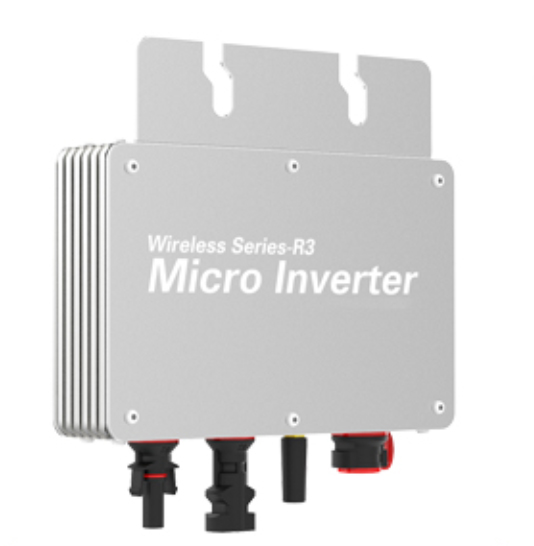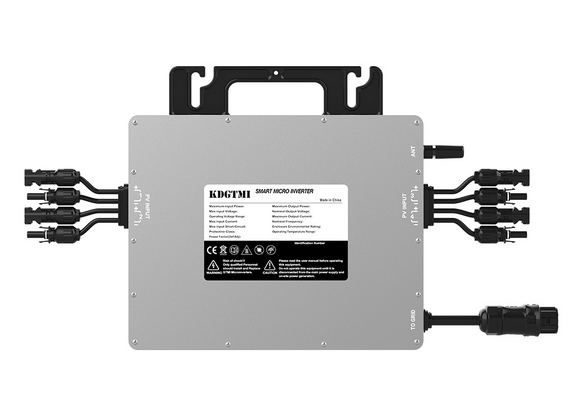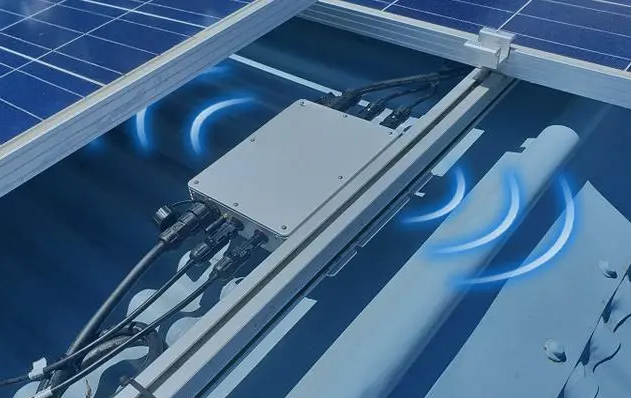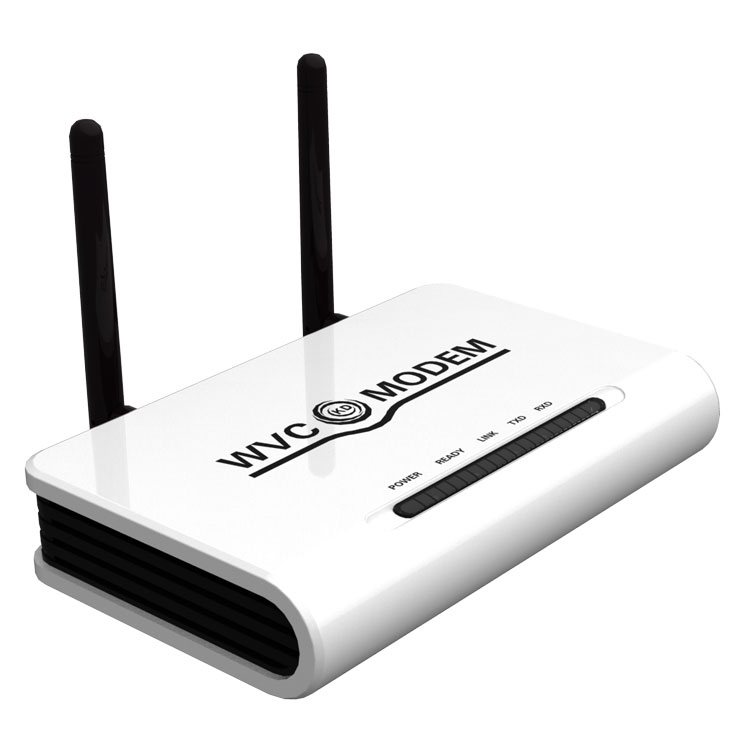Grid-connected inverter is a kind of equipment used to convert direct current into alternating current, which is widely used in photovoltaic power generation systems and wind power generation systems. In the power generation system, the inverter plays a very important role, it can not only realize the conversion of direct current to alternating current, but also control the active and reactive components of the current.
In grid-connected inverters, active current and reactive current are generated by different control strategies. Active current is used to provide the actual power demand of the load, while reactive current is used to achieve voltage balance and stability of the grid. The generation of active and reactive current requires the inverter to adjust the voltage and frequency through its control system to achieve accurate current control.

In actual operation, the inverter regulates the active and reactive current by controlling the phase and amplitude of its output voltage. The active current is realized by adjusting the phase of voltage. When voltage and current are in the same phase, the active power is maximum. The reactive current is realized by adjusting the amplitude of the voltage. When the voltage and current are orthogonal, the reactive power is maximum. By precisely adjusting the phase and amplitude of the output voltage, the inverter can generate the required active and reactive current under different operating conditions.
In addition, in some advanced grid-connected inverters, also equipped with power factor control function, by controlling the phase and waveform of the output current of the inverter, to achieve the purpose of adjusting the power factor. Power factor refers to the relationship between active power and apparent power. Power factor control can help improve the efficiency and stability of power generation system.
In general, grid-connected inverters can generate accurate active and reactive currents by controlling the phase and amplitude of their output voltages to meet different load requirements and grid requirements. Through the efficient control system of the inverter, the accurate regulation of the current can be achieved, the efficiency and stability of the power generation system can be improved, and the development of clean energy can be contributed.



